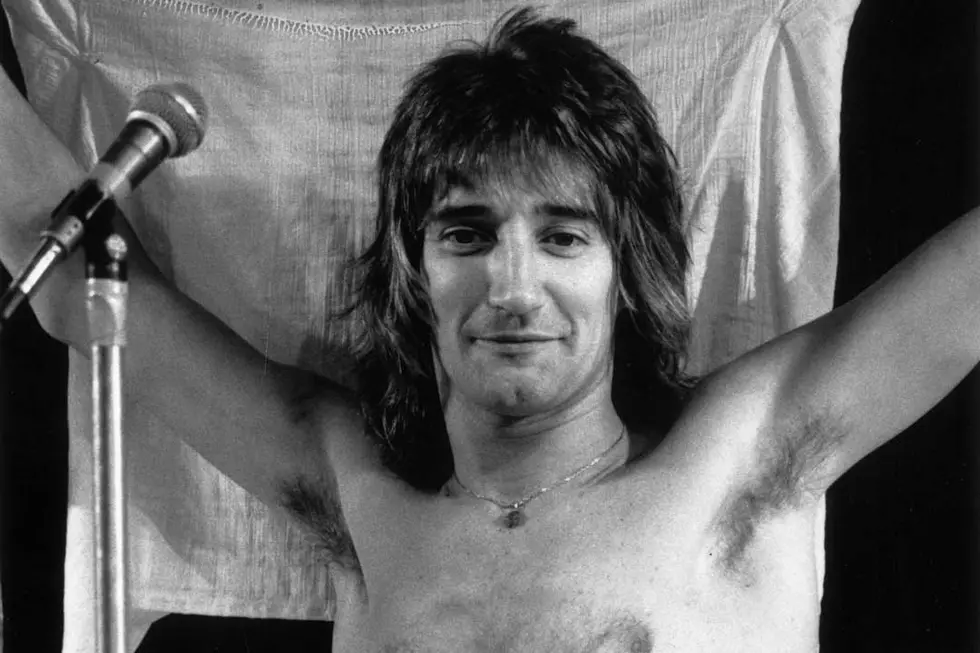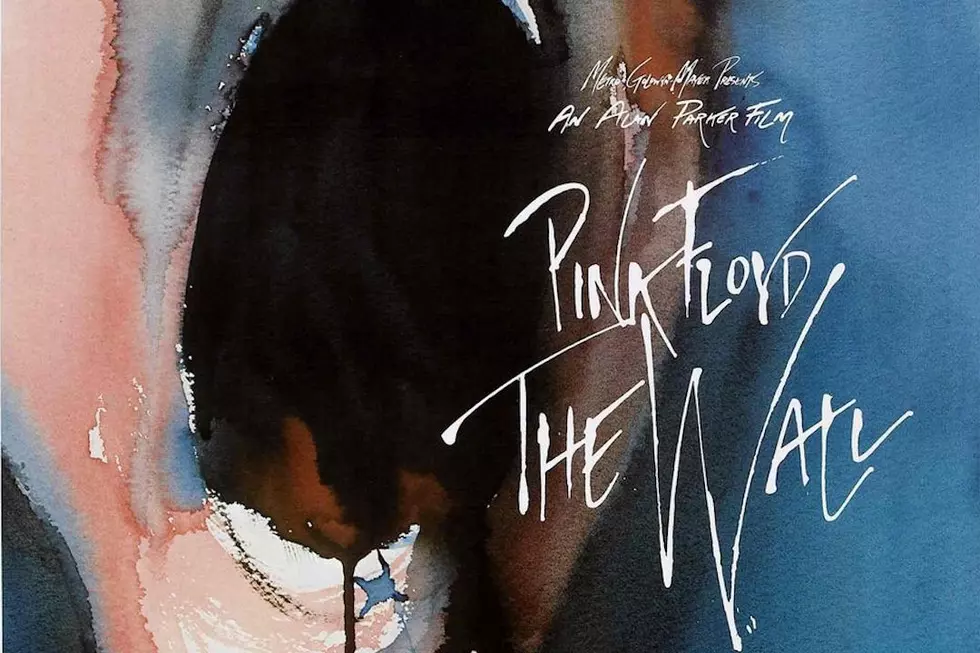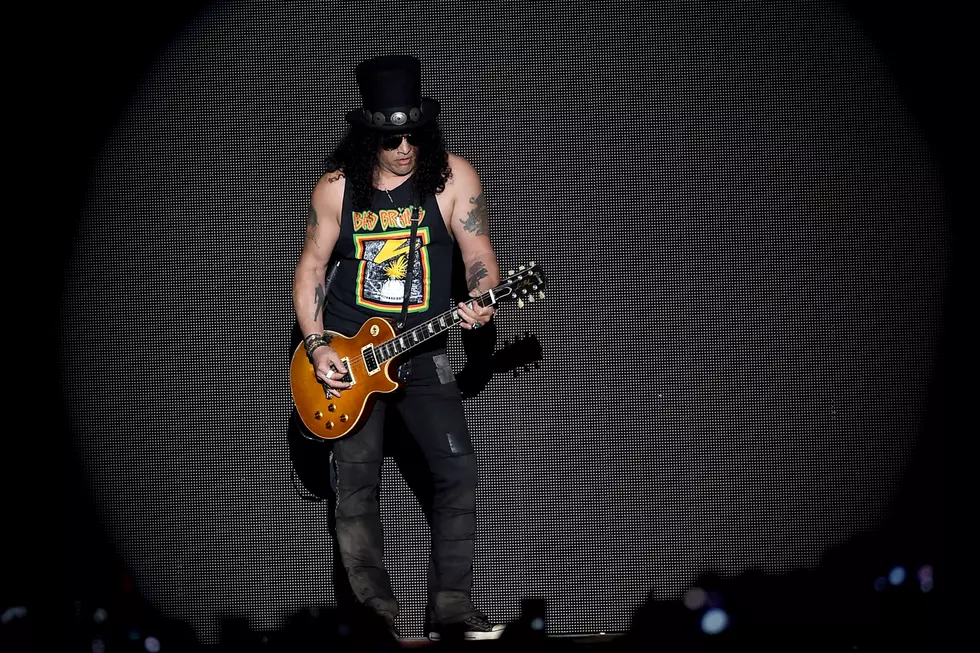
How Rod Stewart Scored a Comeback With ‘A Night on the Town’
The years leading up to Rod Stewart's seventh album, A Night on the Town, were a bit tough on one of rock's most magnetic singers. After the one-two punch of Every Picture Tells a Story and Never a Dull Moment in 1971 and 1972, respectively, Stewart hit a creative and commercial wall.
Those two early-'70s records reached No. 1 (Every Picture Tells a Story) and No. 2 (Never a Dull Moment) on the chart. But after a two-year break – time spent touring, playing with the Faces and living the rock-star life – 1974's Smiler and then the following year's Atlantic Crossing failed to catch on with many fans (the former LP couldn't even crack the Top 10 in the U.S.).
When he returned to the studio in late 1975 to start work on A Night on the Town, Stewart was in the middle of shuffling his career. After the release of Atlantic Crossing – an album that found him breaking a bit from his old style and working with a new group of Memphis-based studio musicians, among others – he quit the Faces and was determined to get his solo career back on track.
Taking a cue from Atlantic Crossing, which divided its two LP sides into fast and slow songs, Stewart structured A Night on the Town similarly, with four ballads on side one and five uptempo songs on the flip. In a sign of things to come over the next couple of decades, it's that first, slower side that stands out.
Kicking off with "Tonight's the Night (Gonna Be Alright)," a self-penned track, Stewart loaded A Night on the Town with its best songs up front. A cover of Cat Stevens' "The First Cut Is the Deepest" followed, with another Stewart original, the six-and-a-half-minute "The Killing of Georgie (Part I and II)," rounding out the side. (The forgettable "Fool for You," another song written entirely by Stewart, is also there.)
Listen to Rod Stewart Perform 'The First Cut Is the Deepest'
All three singles hit the Top 40: "Tonight's the Night" reached No. 1, his first since 1971's "Maggie May" and second overall; "The Killing of Georgie," shortened for radio play, made it to No. 30; and "The First Cut Is the Deepest" climbed to No. 21. They all rank among Stewart's finest singles.
The five songs on side two – only one penned by Stewart, the rest covers, including the Manfred Mann hit "Pretty Flamingo" and Hank Thompson's country classic "The Wild Side of Life" – aren't nearly as memorable. But Stewart, by then, had settled better into songs that could showcase his maturing voice. "I Don't Want to Talk About It," the best thing on Atlantic Crossing, was the start, and the lead-off cuts on A Night on the Town pretty much sealed a big part of his future.
But those songs are masterful. "Tonight's the Night (Gonna Be Alright)" may be his best ballad. Nobody has ever recorded a more definitive version of "The First Cut Is the Deepest" (and make no mistake, Stewart's take is the definitive one). And "The Killing of Georgie" is a cultural milestone, a pop record about the murder of a gay man, based on the killing of a friend of Stewart's. He hadn't made a more consistent LP side (or an entire album, for that matter) since Every Picture Tells a Story, and hasn't since.
A Night on the Town was released on June 18, 1976, and climbed to No. 2 on the U.S. chart. In the U.K., it hit No. 1, just like every album since Every Picture Tells a Story did. But its significance cut deeper for Stewart, whose career, especially in the States, received a much-needed boost. Within two years, he'd be back at No. 1 with both a single, "Da Ya Think I'm Sexy?," and album, Blondes Have More Fun. The '70s would soon be behind him, and the future was wide open – one that he pretty much steered on course with A Night on the Town.
1976's Best Rock Albums
More From Sasquatch 92.1 FM










